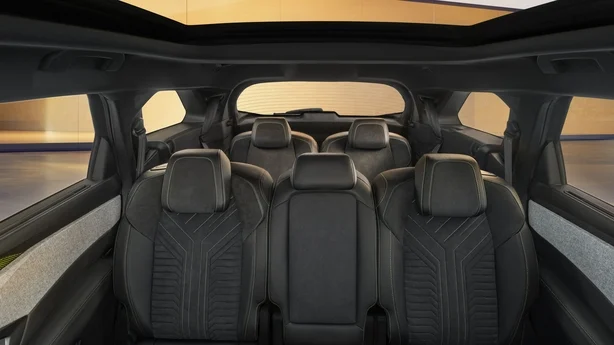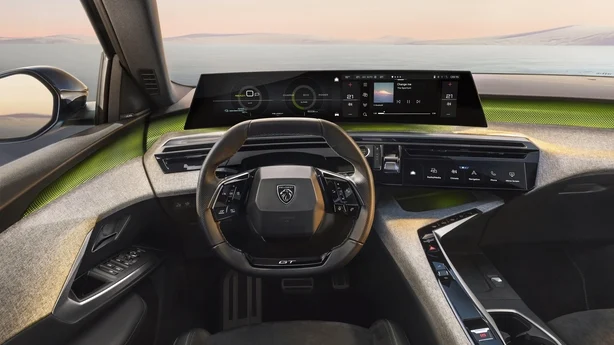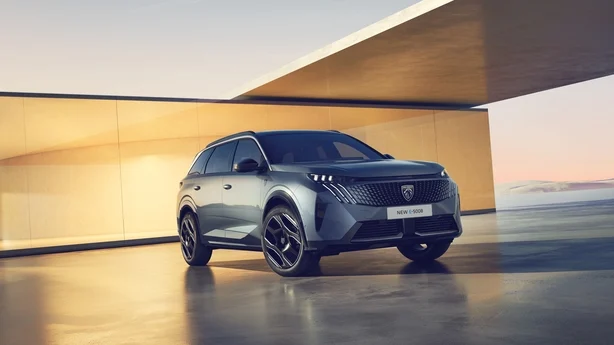Stay updated with the latest beauty tips, trends, and news from our salon experts. Our blog is your go-to source for all things beauty.
For obvious reasons, diesel is no longer an option with the latest version of Peugeot's seven-seat 5008 - the choices having been narrowed down to an all-electric and a hybrid.
It’s another reminder of the inexorable move by mainstream car companies towards a fully electric future, at least in this part of the world.
It’s a well designed and well styled car, but perhaps a little boxier towards the rear than one might have expected in latest styling terms. This is likely due to the fact that it has two extra seats in the rear and accommodation for headroom in that area would not allow for much sloping.
It’s a generous 4.7 metres long and 1.8 metres wide.

The 5008 is aimed at families who need the flexibility offered by a third row of seats and, unlike other seven-seat cars, the compromise of a smaller boot when the third row of seats are up isn't as significant.
The 5008's boot is 348 litres - about the same as a small hatchback car - and with all seats folded it has a capacity of over 900 litres.
That third row is really meant as an occasional benefit when it’s needed. And its two seats are pretty limited in terms of space and comfort, but they will do the job for two small ones.
The middle row of seats slides forwards and backwards to allow the best use of space for its usual occupants.

The interior of the 5008 is bit of a revelation. Two screens behind stretch along the top of the dashboard to take up some 20" of display for instruments and infotainment. It’s an impressive layout, even if some of the software can be slow to engage and fiddly - something the Stellantis group needs to address in many of its cars.
There is ample storage space for all the stuff that accumulates quickly in a family car.
The 5008 also has Peugeot’s i-Cockpit layout with a smaller steering wheel than normal and it’s something that continues to divide opinion, despite having been around for a number of years now.
One detail does make a big difference in this car. The extensive use of fabric conceals much of the wave of plastic we see in many cars and gives the car a more stylish and eye-pleasing interior. It’s an impressive detail and one other manufacturers should look closely at.

Standard on the car are adaptive cruise control, wireless phone charging, a 360-degree camera, front and rear parking sensors, blind spot detection and 19-inch alloy wheels.
Both the electric and hybrid versions are price matched. Peugeot is claiming a range of up to 502 kilometres for the electric version, which has a 73 kWh battery, and starts at €50,995, inclusive of grants. Fast charging between 20 and 80 per cent is rated at 30 minutes.
A long-range 98kWh variant with a substantial 98 kWh battery and a claimed range of 668 kilometres is due to be launched here later this year.
The entry-level hybrid, which has a 136 horse power three cylinder engine, costs the same. A GT version of both is available for another €4,995. That GT trim includes things like rear window blinds, ambient interior lighting, a rear spoiler, Pixel LED headlights, heated seats and steering wheel and a button-operated tailgate.